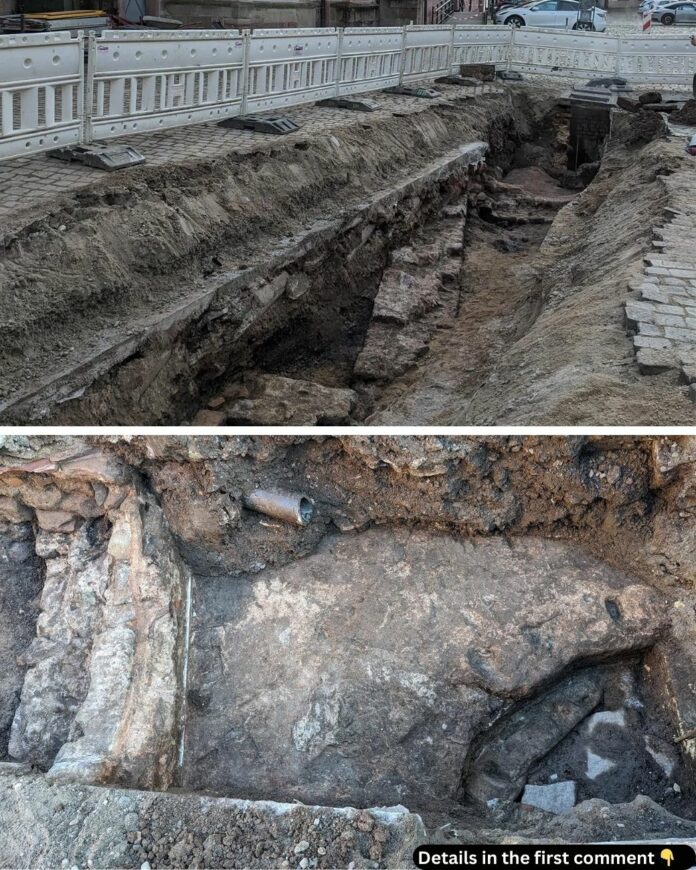After 180 years, the Roman Imperial Baths of Baden-Baden have finally revealed their secrets through a comprehensive modern excavation, offering unprecedented insights into one of Germany’s most significant Roman structures. This remarkable site, known in antiquity as Aurelia Aquensis, stands as a testament to Roman engineering prowess and cultural sophistication.
The Grandeur of Aurelia Aquensis
The baths of Baden-Baden weren’t merely places for relaxation—they were vital centers of Roman social life where citizens gathered to bathe, socialize, and conduct business. Strategically built on the hot springs of Florentinerberg, they represent the earliest known utilization of the region’s geothermal resources, showcasing the Romans’ remarkable understanding of natural resource management.
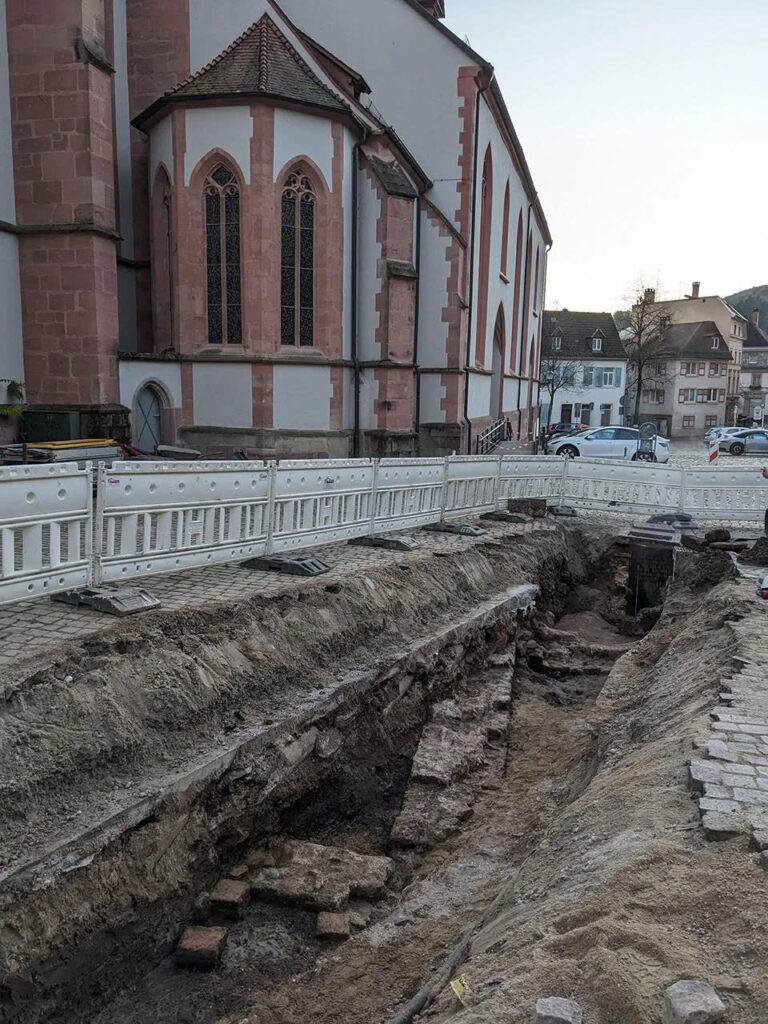
These thermal baths ranked among the largest bathing complexes in Baden-Württemberg, demonstrating the empire’s commitment to public welfare and infrastructure. Named after Emperor Marcus Aurelius Severus Alexander Augustus, the complex became the heart of ancient Baden-Baden’s community life.
Revelations from Modern Excavation
Unexpected Discoveries Below the Surface
Recent excavation work, facilitated by necessary sewer renovations, uncovered Roman-era walls just one meter beneath modern ground level. Many of these structures had never been documented before, providing archaeologists with fresh insights into the bath’s original design and construction.
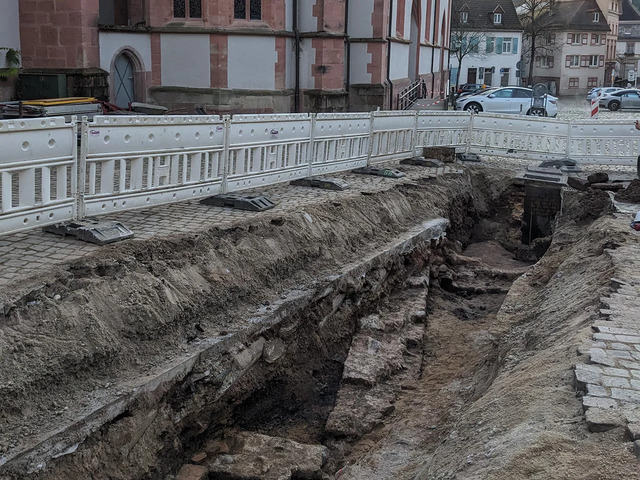
Among the most fascinating discoveries were hypocaust bricks—components of the innovative underfloor heating system that kept the baths comfortably warm. This remarkable Roman engineering achievement circulated hot air through hollow spaces beneath floors and within walls, creating a pleasant environment even during cold German winters.
Glimpses of Ancient Luxury
The archaeological team uncovered screed layers in what was once the bath’s largest known chamber. These layers originally supported luxurious marble cladding that adorned the walls and floors, reflecting the opulence characteristic of Roman bathing culture.

Perhaps most evocative were three perfectly preserved steps leading into an ancient bathing pool—tangible connections to the Romans who descended these very stairs nearly two millennia ago. These physical remnants create a powerful link to daily life in the ancient empire.
Challenges of Preservation
Like many archaeological treasures, the Roman Imperial Baths have suffered considerable damage from modern development. Late 19th-century tunnel construction and recent utility installations have compromised much of the original structure.
Sarah Roth from the State Office for Monument Preservation noted how modern infrastructure has “repeatedly damaged and reduced the structural substance of the Baths under the marketplace.” Despite these challenges, the recent excavation—the most extensive in over half a century—has yielded valuable new information about this ancient marvel.
Cutting-Edge Archaeological Techniques
This excavation represents a milestone not only for its discoveries but also for its methodology. For the first time since the baths’ initial discovery in 1849, researchers employed advanced documentation methods including 3D imaging and CT scanning to create detailed digital models of the site.
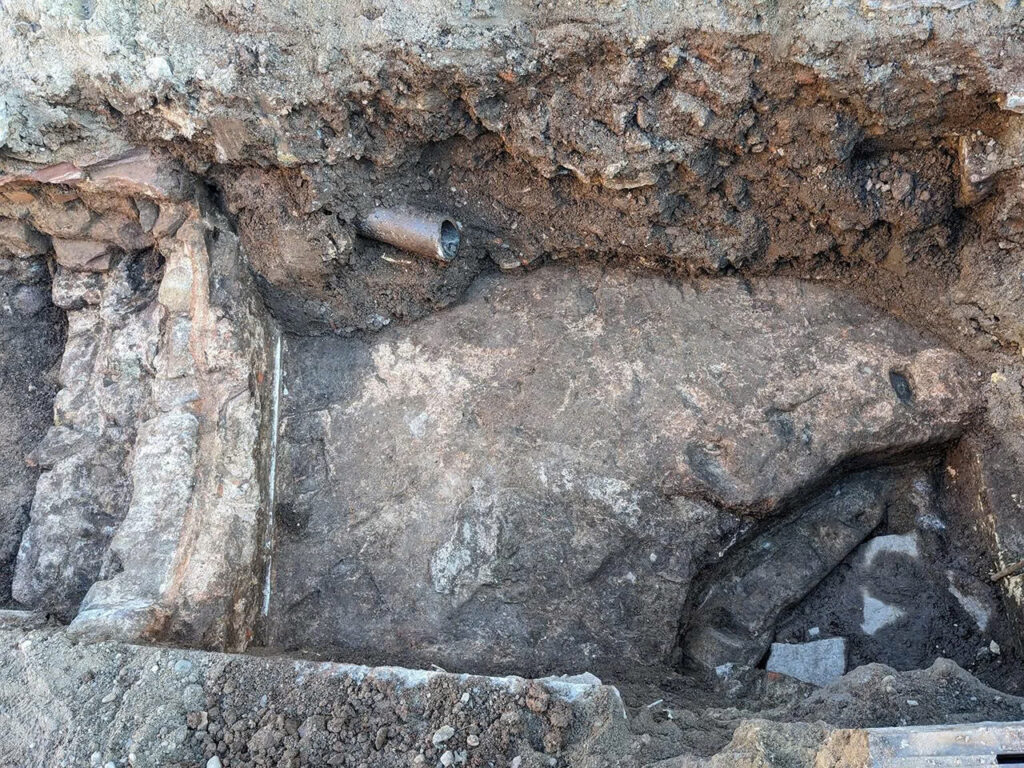
These technologies have enabled archaeologists to document the ruins with unprecedented precision, enhancing our understanding of Roman construction techniques and engineering practices that have influenced civilizations for centuries.
A World Heritage Treasure
The Roman Imperial Baths received UNESCO World Heritage status in 2021, recognizing their exceptional cultural and historical significance. This designation acknowledges the site as an invaluable window into Roman engineering, architecture, and daily life.
While many Roman structures across Europe have been lost or severely damaged over the centuries, Baden-Baden’s thermal baths offer remarkable preservation, providing direct insight into Roman society and their innovative approach to public wellness.
Video
Looking Forward: Continuing Research
The recent excavation marks just the beginning of renewed scholarly interest in this ancient site. Researchers plan to continue their investigations, hoping to uncover more about the baths’ layout, function, and significance within the broader Roman community.
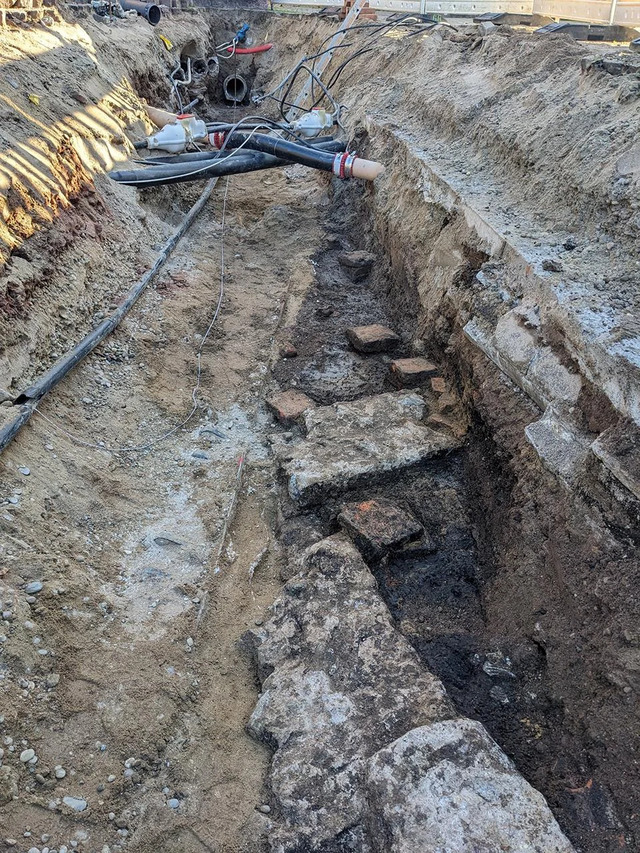
Future studies will explore questions about how the baths integrated into citizens’ daily lives and their role in the social and political landscape of ancient Baden-Baden. Each new discovery adds another piece to our understanding of Roman civilization and its enduring influence.
Enduring Legacy of Roman Innovation
The rediscovery of Baden-Baden’s Roman Imperial Baths highlights the remarkable achievements of Roman civic engineering. As modern research continues to unveil this site’s secrets, it stands as a powerful reminder of Roman innovation—a civilization that masterfully combined comfort, technology, and luxury in ways that continue to inspire us nearly two millennia later.
